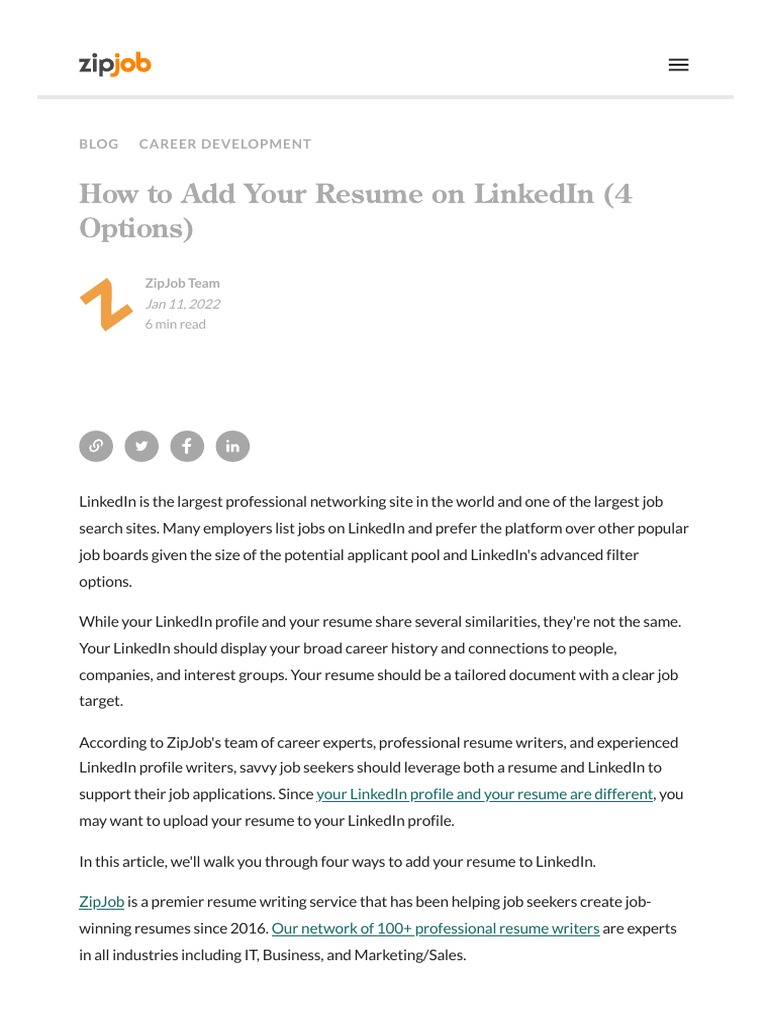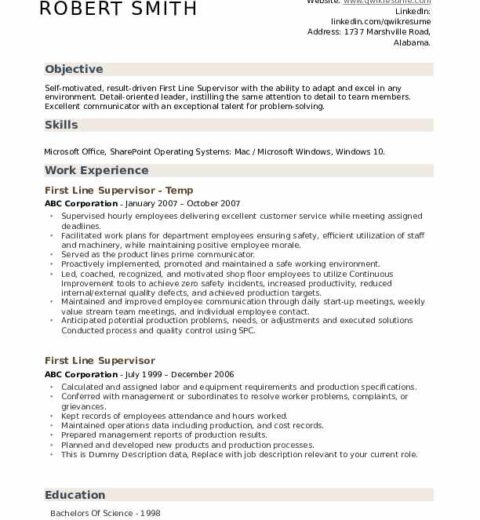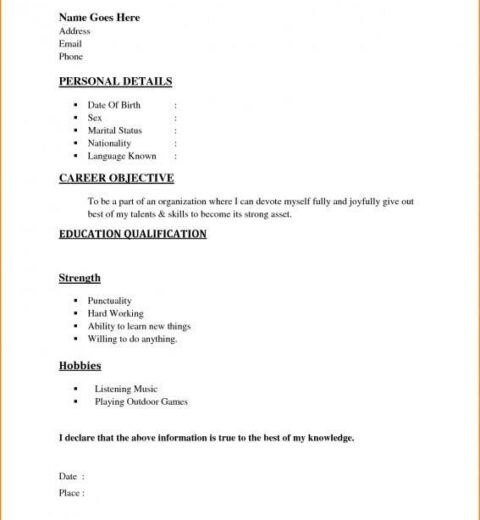In the current digital era, the emphasis on a robust online presence is paramount, particularly for professionals seeking to elevate their careers. LinkedIn serves as a pivotal platform, connecting millions of users and providing an avenue for networking, job searching, and professional branding. One frequently posed question among users is: “How do I add my resume to LinkedIn?” This guide aims to demystify the process, outlining the steps while exploring the intrinsic value of a well-crafted resume in enhancing one’s online professional persona.
Firstly, it’s essential to understand the importance of a resume in the context of LinkedIn. While a LinkedIn profile acts as a living document that can evolve in real-time, a resume encapsulates a professional’s qualifications, experiences, and skills in a succinct format. Uploading your resume can create a multifaceted representation of who you are in a professional setting, compelling hiring managers and recruiters to take notice. Furthermore, it offers a tangible artifact that complements your online narrative.
For many, the thought of adding a resume to LinkedIn elicits curiosity, not merely because it enhances visibility, but it also facilitates the confluence of diverse and potent networks. Integrating a resume into your LinkedIn account can subtly hint at your myriad intentions—whether it’s to pursue new job opportunities, present yourself as an industry expert, or even connect with like-minded professionals. A well-optimized resume can accentuate your strengths, pique the interest of potential employers, and ultimately lead to fruitful conversations.
So, how exactly do you add your resume to LinkedIn? The process can be executed with relative ease, following a series of structured steps.
1. Prepare Your Resume
Before even touching the LinkedIn interface, ensure that your resume is polished and up to date. Highlight your skills, experiences, and achievements in a clear format. Utilize bullet points for easy readability and keep the design simple yet professional. Save your document in a universally acceptable format, such as PDF or DOCX, to ensure compatibility with LinkedIn’s system.
2. Navigate to Your LinkedIn Profile
Log in to your LinkedIn account and direct yourself to your profile page. Your profile serves as the nucleus of your LinkedIn presence, where all your professional information resides. This is where you can initiate the process of adding your resume.
3. Add a Featured Section
On your profile, locate the “Featured” section, which is designed to showcase specific content. Click the “+” icon within this section. LinkedIn allows you to feature various types of content, including posts, articles, links, and, crucially, documents.
4. Upload Your Resume
When prompted, choose the “Add Document” option. You will then select the resume file saved on your device. As it uploads, you can add a title and description. This should be strategically crafted to encapsulate what viewers can expect, providing context to your document.
5. Adjust Visibility Settings
Once your resume is uploaded, ensure that your visibility settings are correctly configured. You can choose who can view your document—whether it be all LinkedIn members, only your connections, or specific individuals. This step is vital in controlling who has access to your professional information.
6. Monitor and Update
Having added your resume to LinkedIn is not the endpoint of the process. It is prudent to review your profile regularly and update the resume accordingly. As you gain new experiences or skills, reflecting these changes on your LinkedIn can enhance your professional appeal. An outdated resume can misrepresent your current standing and hinder potential opportunities.
Beyond the logistics of uploading a resume, it’s worthwhile to reflect on the broader implications. The act of sharing your resume signifies more than just an application for a job; it’s a declaration of intent. It embodies your aspirations, emphasizing your readiness to embrace new challenges and opportunities. In the competitive landscape of today’s job market, demonstrating your proactivity can set you apart. Not only does it showcase your qualifications, but it also reflects your commitment to self-promotion and professional development.
Moreover, consider the plethora of opportunities that arise from engaging with your network through your LinkedIn resume. By inviting conversations around your experiences and accolades, you can cultivate valuable connections, gain insights from peers, and even uncover unadvertised career opportunities. Networking can often lead to unexpected pathways in one’s professional journey, making the addition of a resume a strategic move.
Ultimately, adding your resume to LinkedIn is a straightforward yet impactful endeavor. By following the outlined steps and understanding the underlying significance, you can leverage this feature to enhance your professional narrative. Whether you’re a seasoned executive or a recent graduate, presenting your qualifications and experiences on a platform like LinkedIn positions you favorably within your industry. As you navigate your career trajectory, remember that visibility, professionalism, and networking present invaluable assets in achieving your career ambitions.




